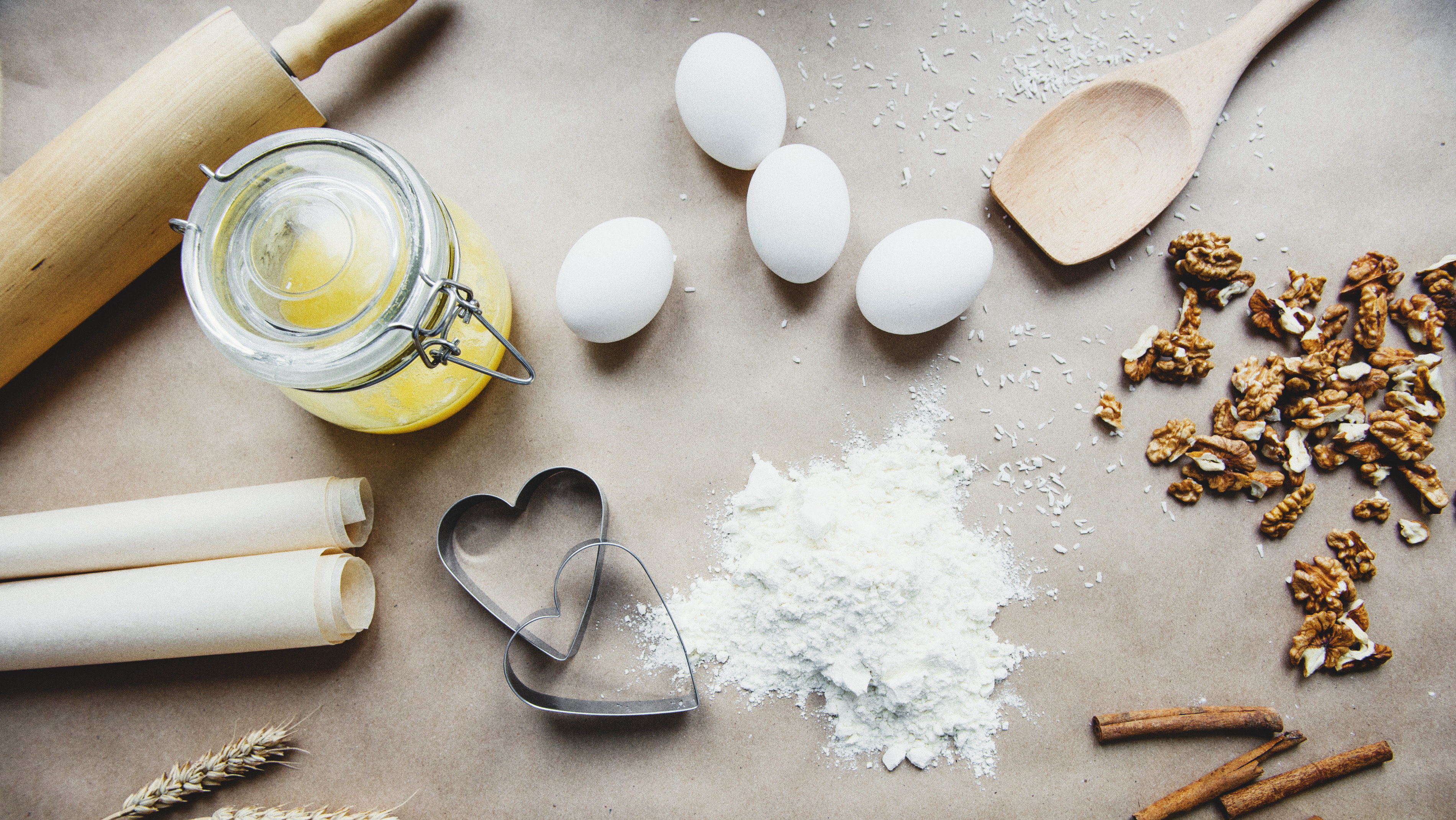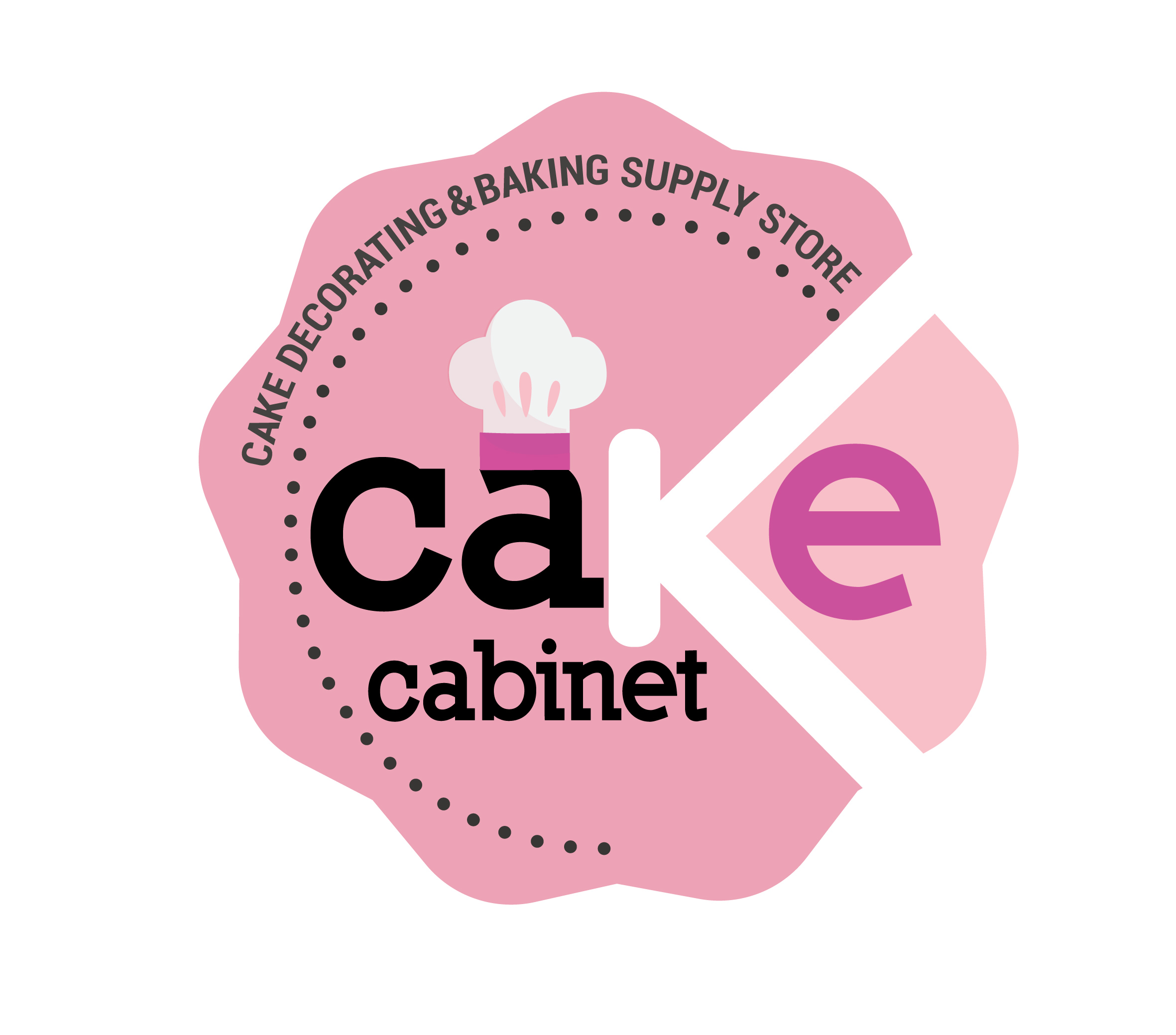Basic Baking 101

We all love cake! Everyone seems to be baking a lot at home, so we are going to break it down for you, give you some essential tips for achieving the perfect bake!
Baking can be complicated, we talk from personal experiences, you have followed a recipe, but as you take the cake out, it deflates, deflating your mood..... What did I do wrong? You ask yourself.....Did I follow the recipe to the tee? Did I add the right amount of butter and baking soda?
Follow our tips to get yourself on the right track:
- Plan ahead - this makes a huge difference. Never leave a cake to the last minute. Read the recipe twice, three or four times if you have to. Make sure you have all the ingredients and tools you need, as you don't want to be faffing around when you are in the middle of the bake. Always preheat your oven first, the most crucial part of baking, oven needs to be hot!!!! Also do not leave your cake tins full with batter, as soon as you put the mixture in, it needs to go straight into the oven. Otherwise, you will lose all the effort you put into it.
- Choose the right cake tins - consider which cake tins you need to use for the recipe you are making. A light coloured-metal tin should be used, but it's ok if you have a darker one too. Once you have purchased the chosen cake tins, be sure to give it a thorough wash using liquid and hot water.
- Prep the cake tins - For the cake not to stick, you need to carefully prep each cake tin. You can do this by, brushing butter or cake release all over the cake tin and lining it with parchment paper. Cut a circle for the base and insert it, then brush butter or cake release on top of it. There is no need to coat the tins with flour, as this will dry out the sides of the cake.
- Know the difference between self-raising and plain flour - Self-raising already contains raising agents and salt. Plain flour, you need to add the raising agents and salt, simples! When adding flour to the wet liquids, be sure not to overmix, you want light, fluffy, risen cakes. If you knock the air out too much, you are knocking out those raising agents.
- Create a cake emulsion - Emulsions are best formed when all ingredients are close to the same temperature, so you want your ingredients to be at room temperature for best results. Chilled milk products, butter, eggs, or any other liquid ingredient should not be added to your batter straight out of the fridge. Before starting your recipe, take these products out of the refrigerator and place on the counter for about 20 to 30 minutes. Gradually add the liquids to the batter. First, the eggs are added one at a time, and each one is thoroughly mixed before adding another. Second, the other liquid ingredients are added gradually, alternating with the dry ingredients. Switching between liquid and dry slowly balances the batter and helps with the final emulsion.
- Bake gently, cool thoroughly - baking and cooling are the final factors that need to be handled with care. Position your cake tin in the middle of the oven; this ensures even heat distribution. Make sure your cake tins aren't touching each other, and aren't placed too far back in the oven. AVOID opening the oven door; if you open it halfway through baking, the cake will deflate and not rise! Once fully baked, remove from the oven and cool on a cooling rack. Allow to cool in the cake tin for approximately 30 minutes, or until the cake tin is cold to touch. Run a pairing knife around the edge to loosen and invert the cake onto a cake board or parchment paper. Remove the parchment paper from the bottom, and place them back on the cooling rack to further cool down more. Do not at this stage cut the cake, it's still developing, so cooling time is essential to lock in the crumbs.
Once the cake is thoroughly cooled, you can decorate it straight away or cover it in cling film to allow further resting time and fill, decorate the next day. From personal experience, we like to bake all the cakes in one day and allow an additional overnight settling period for the crumbs to lock in and the cake to moisten in the cling film wrap, before cutting, filling and decorating.
Remember to give yourself plenty of time to prep, bake, fill and decorate. You do not want to rush this process. You can find our buttercream recipes over on the blog.
